Introduction
As a seasoned project manager, you are well aware of the complexities that arise when dealing with multiple senior stakeholders, each with their unique priorities. Coupled with the limitations of your technical team and the pressure to move forward, making difficult decisions can be a daunting task. Over my 15 years of experience in project management, I have encountered various challenges and devised effective strategies to navigate through them successfully. In this blog post, I will share some of my best tips, including both textbook approaches and practical insights, to help you lead difficult decisions and garner stakeholder agreement.
- Define Clear Objectives and Criteria
At the outset of any decision-making process, establish clear project objectives and criteria for evaluating potential solutions. These criteria should align with both the project’s overall goals and the specific requirements of your stakeholders. When faced with competing priorities, refer back to these established criteria to keep the decision-making process objective and transparent.
- Involve Key Stakeholders Early
Involving key stakeholders from the beginning of the decision-making process ensures that their concerns and priorities are addressed proactively. Early involvement also creates a sense of ownership among stakeholders, increasing the likelihood of obtaining their buy-in when the final decision is made.
- Conduct a Comprehensive Analysis
Thoroughly analyze the available options, considering both the immediate benefits and long-term implications. Evaluate the potential risks and rewards associated with each alternative and assess how they align with the project’s overall vision. Presenting stakeholders with a well-researched analysis increases the credibility of your decision and can foster consensus.
- Anticipate and Address Resistance
Expect resistance from some stakeholders, especially when their priorities clash with others or when difficult trade-offs are necessary. Be prepared to address their concerns, demonstrating empathy and understanding. By acknowledging their perspectives and incorporating their input where feasible, you can foster a collaborative atmosphere and increase the chances of finding common ground.
- Communicate Clearly and Transparently
Effective communication is paramount in gaining stakeholder agreement. Present complex technical limitations and challenges in a language that is easily understandable to non-technical stakeholders. Be transparent about the decision-making process and its outcomes, and provide rationale for your choices. Honest and open communication fosters trust and credibility.
- Identify Areas of Compromise
In situations where stakeholder priorities seem irreconcilable, identify areas of compromise that can satisfy the majority of stakeholders. Seek out win-win scenarios that address key concerns while advancing the project’s objectives. Being creative and flexible in finding middle-ground solutions can significantly enhance stakeholder agreement.
- Leverage Data and Metrics
Data-driven decision-making adds objectivity and credibility to your choices. Use relevant data and metrics to support your proposals and to demonstrate how they align with the project’s success criteria. Visual representations of data can be particularly effective in conveying complex information to stakeholders.
- Emphasize the Bigger Picture
Remind stakeholders of the project’s overarching mission and how the difficult decision fits into the larger context. When stakeholders recognize the significance of the decision to the project’s success, they are more likely to be invested in reaching a resolution.
- Manage Expectations
Be realistic about what can be achieved given the technical limitations and resource constraints. Managing stakeholder expectations is crucial to avoiding disappointments and ensuring a more constructive decision-making process.
- Learn from Past Decisions
Reflect on past difficult decisions and their outcomes to continuously improve your decision-making abilities. Identify successes and areas for improvement, and apply these insights to future challenges. Acknowledging and learning from both successful and unsuccessful decisions is essential for professional growth.
Conclusion
Leading difficult decisions as a project manager demands a delicate balance of technical expertise, effective communication, and stakeholder management skills. By setting clear objectives, involving stakeholders early, conducting comprehensive analyses, and communicating transparently, you can navigate through challenges and gain consensus. Emphasizing compromise, leveraging data, and managing expectations will further strengthen your decision-making process. Remember that experience, combined with a willingness to learn and adapt, will be your greatest asset in successfully leading difficult decisions and achieving project success.


